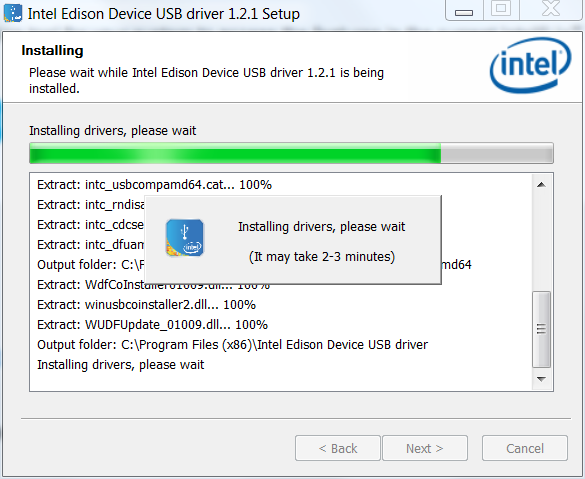Description
The /devices endpoint enables retrieval of a user's device information, including G4, G5, and G6 standalone receivers, the G5 and G6 mobile apps, and transmitters. The response is an array of all receiver-type devices contributing data to the specified time window, including the alerts and settings associated with each receiver.
Resource
NodeMCU is an open-source firmware and development kit that helps you to prototype or build IoT products. It is based on the lowest cost WI-FI MCU ESP8266, ESP8266 is about $2 and once it comes as NodeMCU easy to prototype development kit you can purchase for about $4 something you can connect to your USB and start playing with it. By choosing to request info, you are granting Dexcom, Inc. Permission to process your personal information to send you additional information and promotional communications related to Dexcom products. You may opt-out of these communications at any time. Dexcom respects the privacy and confidentiality of your personal information.
GET /v2/users/self/devices
Authorization
OAuth 2.0 bearer token; see the Authentication section for details on this workflow.
Query Parameters

These query parameters specify the time window for the requested data; both are required. See the discussion of time in the Endpoint Overview section for more details on how they relate to device information. Due to the way device upload records are stored, the time components of the startDate and endDate parameters are ignored for the /devices endpoint.
Name | Type | Description |
|---|---|---|
| DateTime | Beginning of the time window |
| DateTime | End of the time window |
Request Example
Response Example
Response Fields
Name | Type | Description |
|---|---|---|
| Array | Array of devices |
devices array fields are as followsName | Type | Description | Enumeration |
|---|---|---|---|
| String | Generation of transmitter associated with the device (nullable) |
|
| String | Type of display device used to receive the transmitter signal (nullable) |
|
| DateTime | Server timestamp, in UTC, of last upload event for the device that contributed data in the specified time window; note that this may be outside the range defined by the | |
| Array | Array of alert schedules and settings for the device as of the |
Dexcom Driver Installation
alertScheduleList array fields are as followsName | Type | Description |
|---|---|---|
| Object | Settings associated with each alert schedule |
| Array | Array of alert settings for the device as of the (nullable) |
alertScheduleSettings fields are as followsDexcom Port Devices Driver Download Windows 7
Name | Type | Description |
|---|---|---|
| String | Name of the alert schedule |
| Boolean | Decribes whether the user has the alert schedule enabled on their display device |
| Boolean | The default schedule is the alert schedule used in the absence of other applicable alert schedules |
Dynalink others driver download for windows 10 64-bit. Dynalink and related drivers. Dynalink TAS-106H ISDN Internal PCI Driver 825 downloads. Unix, Windows All, Mac, Linux, Windows Server 2019, Windows Server 2016, Windows 10 64 bit, Windows 10, Windows 8.1 64 bit, Windows 8.1, OS Independent, Windows. | Time | The time each day when the alert schedule begins; corresponds to the device's display time |
| Time | The time each day when the alert schedule begins; corresponds to the device's display time |
| Array | An array containing the days of the week this alert schedule value applies to; this array must contain one (or more) of the following strings in English: 'sunday', 'monday', 'tuesday', 'wednesday', 'thursday', 'friday' and/or 'saturday' |
alertSettings array fields are as followsName | Type | Description | Enumeration |
|---|---|---|---|
| String | Name of alert |
|
| Float | The value at which the alert is set (nullable) |
|
| Float | Unit of measurement for the alert (nullable) |
|
| Integer | Time (in minutes) before resuming alarming after the alert has been acknowledged and cleared (nullable) | |
| Boolean | Indication of whether or not the alert is enabled on the device | |
| DateTime | Time according to the system clock when alert setting was last adjusted by the user; nominally UTC | |
| DateTime | Display time when alert setting was last adjusted by the user |
Notes

Dexcom Port Devices Driver Downloads
The documentation for an earlier version of this endpoint is available here.
